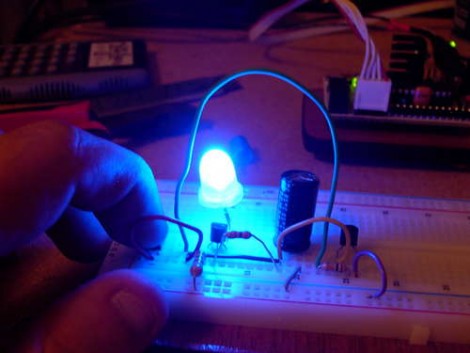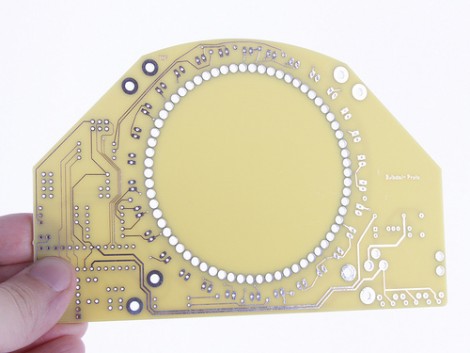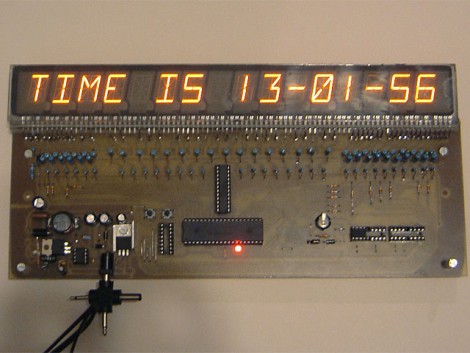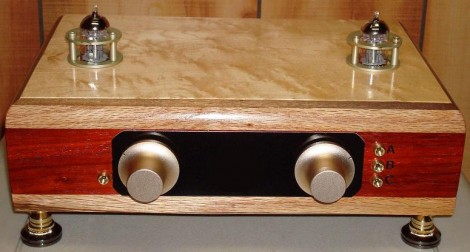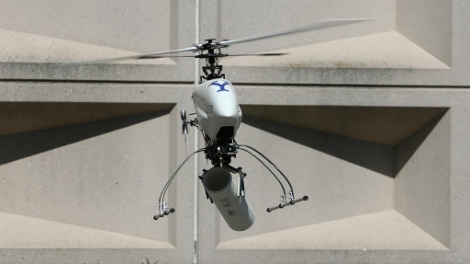
[Theo Kamecke] is an artist who produces striking pieces using printed circuit boards. We’ve seen PCBs used as faux stained-glass before, but [Theo’s] craftsmanship stands apart from everything we’ve seen. His webpage has at least one piece that sites the usage of vintage 1960’s circuit boards, but we wonder if he doesn’t design some of these to suit his work. Either way, we’d love to see him take on the finish work for that mechanized expanding round table we saw back in June. See more of his work on his photostream.
[Thanks Mowcius]


